MARKET OVERVIEW
The Global Patient Advocacy Solutions market stands to take a critical position in the transformation of the healthcare field as it grows and develops. With healthcare systems across the globe going ahead with every shift in focus shifts to patient-centered care, there will be an escalating demand for solutions that favor patient advocacy. With this focus on enhancing the patient's experience, these solutions would soon become the most viable impetus driving future medical care towards ever more personalized treatment, which would be the norm. As health care becomes more complex, however, the market will respond with an even wider array of services and technologies targeted toward the hurdles patients face as they navigate care.
In the next few years, the Global Patient Advocacy Solutions market is bound to experience a major shift inching closer toward the adoption of digital tools. These solutions will involve advanced technology to enhance access to healthcare information for patients and improve communication with providers. Future technologies will allow patients to better trace their health outcomes, letting them live their lives with more independence. These solutions will empower patients by enabling self-management of their conditions so that they can make an informed choice about their treatment options and therefore improve outcomes and satisfaction.
The Global Patient Advocacy Solutions market would be complemented by such technological advances with a growing call for human-centric support in the near future. The position of patient advocates, who support individuals in understanding their choices in health care and navigating complex medical systems, would grow. Patient advocates maintain close contact with both health care provider and patient, ensuring that the patient voice is heard throughout the healthcare process. As personalization becomes increasingly salient, patient advocacy professionals will guide how to treat and cover insurance so as to eliminate as many barriers as possible in the patients' paths toward achieving quality care.
In the near future, the market is also going to mainstream solutions that address consumption by a more diverse segment of patients, especially the unserved populations. As health systems move on to serve millions more people, patient advocacy will remain relevant toward ensuring just access to care in the future. The probability of health systems such as the Global Patient Advocacy Solutions developing target-specific patient populations would include some of the individuals suffering chronic conditions, rare diseases, and the underserved populations within the society. Solutions would thus afford closure of gaps in care by improving healthcare experiences for these populations in advocating for their needs to be as visible as the mainstream populations they represent.
Global Patient Advocacy Solutions market is estimated to reach $2,113.6 Million by 2032; growing at a CAGR of 10.8% from 2025 to 2032.
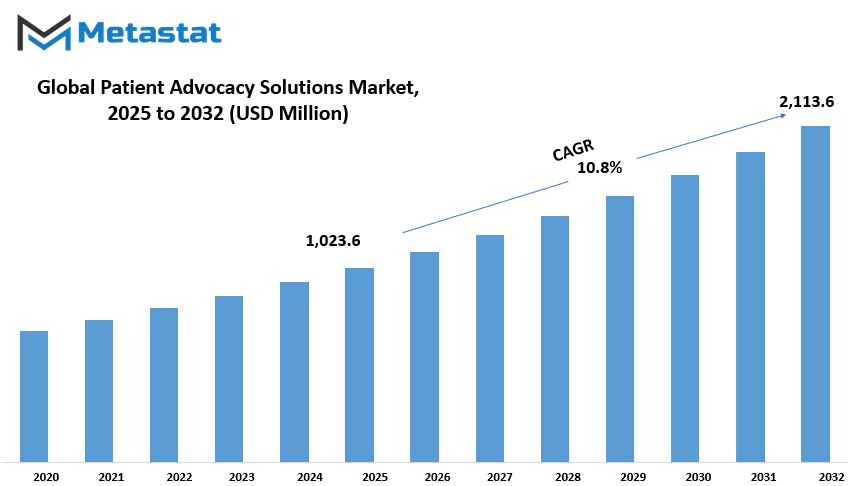
GROWTH FACTORS
The Global Patient Advocacy Solutions market is witnessing firm demand growth, and this is pegged to a myriad of factors. Some of the market drivers include increased demand for personalized healthcare solutions since more patients are asking for care according to their individual health needs. As patients now need advocacy more than ever in ensuring they get the care and attention that they deserve, this has led to the flourishing of patient advocacy. There is also a noted increase in awareness around patients' rights, making healthier push towards accessible healthcare services. Thus, as equity healthcare becomes one of the growing foci of societies, the patient advocacy market is equally spending more energy responding to and facilitating these demands.
Nonetheless, some challenges pose a hindrance to the growth of patient advocacy solutions. Among the main constraining technicalities faced by the market are regulatory obstructions and matters concerning data privacy. They impede the transition of introducing patient advocacy solutions within the healthcare setting. Further, the other major challenge is availability of funding and resources. With many patient advocacy programs not being sufficiently funded or resourced, this does limit scaling potential. Patient advocacy organizations may find it tough to reach out and provide meaningful support to deserving patients without upfront funding and sound infrastructure. The road ahead is undoubtedly gray, but there is an enormous market for future growth. Advances in technology have led to the emergence of new unprecedented avenues for how innovative patient advocacy platforms are able to harness opportunity.
Although the technology is still evolving over time, patient advocacy organizations would now have an avenue through which they can utilize newer tools to make better care accessible to patients, make it easier to do so, and even enhance outcomes. Strategic partnerships among healthcare providers and advocacy organizations might be a wonderful opportunity for both. Together, these two actors can pool together their resources, share their expertise, and design far-reaching solutions for the best patient welfare. This way, the two may kindle far-off possibilities in the highly competitive market of making patient services more accessible and efficient.
Above all else, the small global market is faced with a plethora of forces, restraints, and opportunities as different from above. Clearly, the demand for patient advocacy services has dramatically increased due to increased interest in individualization of the patient care provided by the healthcare systems worldwide. This demand will continue to grow in the future, and the extent to which the brush carries this market into the future depends on conquering regulatory hurdles and attracting technology funding for the development of appropriate infrastructures for enhancing patient advocacy services.
MARKET SEGMENTATION
By Type
The Patient Advocacy Solutions market globally has diversified into many segments offering bespoke service lines meant to enable patients to navigate through the intricacies of access to healthcare. One of these segments is Medical Billing Advocacy which has an overall market size of 281.7 million dollars. It also has the added advantage of providing a pathway needed for the confused and often burdensome journey of medical billing so that bills are assessed and are justly defined. Medical billing advocates help patients to interpret charges, negotiate costs, and argue disputes with health care providers or insurance companies. To such individuals, the service becomes very critical because they might find it next to impossible to cope with the academic complexities of billing.
The other major segment of the market is Insurance Navigation Services that help the patient understand his or her insurance plan for the full benefit that policy can offer. Navigating the world of health insurance is challenging; there are many different plans and ways of coverage. How claims are filed is also another complicated area. Insurance navigators help patients decide on one of the benefits available in their insurance policy and will guide them through claims, appeals of denial, or coverage gap resolution. This is especially so if the patient has been diagnosed with a serious condition that requires constant monitoring and reliable guidance to ensure that their insurance will pay for their treatment and care.
Another major component of the patient advocacy market is Treatment Decision Support. This part offers a service to patients in need of tools and information that can assist them in making informed decisions regarding their health care. It has advocates who help patients to understand their treatment mechanisms and analyze both risks and advantages of different approaches as well as provide possible insights into the latest medical progress. The patients are empowered to make decisions in accord with their value systems and health goals, enhancing the quality of outcomes and the overall experience of health care.
Health Information Advocacy is growing as an emerging market service. This service caters to the needs of patients regarding understanding and managing their health record information to make sure they are accurate, currently, medically right, and available for use. So far, it also includes those health information advocates who would assist patients in navigating electronic health records, securing their data, and communicating well with the support of their health care professionals.
Clinical Trial Advocacy is about giving patients all the support they need in finding and participating in clinical trials. This advocacy can help patients determine whether their illness can be suited for any trial: finding the possible trial, guiding the patient through the enrollment process, and, at the end of the process, making certain that they know the risks and benefits of participating. Finally, End-of-Life Care Advocacy rallies the provision of support for both the patients and their families as difficult decisions are made at the end of life. These advocates work with patients to clarify and express preferences concerning their care wishes and provide emotional and practical support while going through the challenge of this process.
By Advocacy Delivery Channels
The segments of the global market for patient advocacy solutions define advocacy delivery channel-the channel for delivery advocacy necessary support and assistance for the patient. These channels meet different requirements, preferences, and situations that can deliver the most suitable type of advocacy to the patient. This market can be generally classified into five types of advocacy delivery channels for all types of advocacies: In person Advocacy Services; Telehealth and virtual Advocacy; Phone-based Advocacy Support; Online Advocacy Platforms; and Mobile Applications for Advocacy.
In-person Advocacy Services continue to be one of the most conventional forms of patient advocacy, as well as one of the most effective. Indeed, this service entails contact between advocate and patient directly face to face and makes it possible for more personalized and empathetic interactions. In-person advocacy teaches patients to navigate their way through oftentimes very complicated healthcare systems by providing guidance and support through their medical journeys. Whether it's filling out forms, interpreting medical information, or simply providing emotional support, we touch. Approaches in-person with these patients instill confidence and trust in them.
They have gained a lot of traction in Telehealth and Virtual Advocacy over the past few years because of the development of technology and sure enough, because of the rampant call for the utilization of healthcare services in many places at once. This type of advocacy is supportive to patients from a distance, whether via video conferencing or online consultations. Virtual-advocacy services would be particularly helpful for those individuals having mobility challenges, distance from urban locations, or preferring to conduct their consultations from home. These services expand access to advocacy for a variety of patients in their own right, enabling expert guidance and assistance regardless of geographical constraints.
Phone-based Advocacy Support is still useful for patients who may lack access to the internet or for patients who prefer a more direct and personal method of communication. Via the telephone, patients can receive timely access to support and advice on a range of healthcare issues. This service guarantees that patients remain informed and supported when face-to-face or virtual interactions cannot be availed.
Online Advocacy Platforms have gained a growing significance in view of the fact that they are a great means of quickly connecting the patient with advocates and resources. These platforms usually comprise plenty of tools and services, including informational resources, forums, and direct communication with the advocates. This means that anytime patients have solutions to their healthcare-related inquiries, they enjoy more independence and control over their care.
Mobile Apps for Advocacy are setting a new trend in the market. Such apps can be used by patients to access advocacy services from the palm of their hand, which include appointment scheduling, medication reminders, and direct messaging between advocates and patients.
By Application
The multiple driving forces that shape the way a patient accesses and manage healthcare rapidly propel the Global Patient Advocacy Solutions' market. Of these forces changing patient advocacy solutions, the segment of application areas is one of the most important factors contributing to the rise and development of advocacy solutions. They can broadly be subdivided into three segments, one that addresses insurance coverage and claims; another for access to treatment and care coordination; the third concentrates on medical billing and financial assistance. All these segments are paramount in ensuring that patients receive the required support while also having access to the resources that their healthcare journey offers.
It is quickly becoming a necessity to have insurance coverage and claims support as patients are trying to maneuver out of their lives with insurance planning bylaws. As medical costs have soared and insurance policies have turned into murky waters, there is almost a common need amongst patients seeking insurance assistance to decipher their coverage and file claims. Patient advocacy solutions in this area help steer individuals through the process, enabling them to understand their benefits and receive their due reimbursements. This is especially important for those under chronic illness and most likely have long-term medical claims processing; timely and accurate reimbursements are therefore critical.
Access to treatment and care coordination is another of the key functions the patient advocacy market covers. With an increasing fragmentation in healthcare, patients often have difficulties accessing treatment timely and in the right manner. Patient advocates help in this segment in making sure that patients can navigate through this intricate healthcare maze for them to actually receive their right treatments and referrals to specialists. This is particularly important to people with complex medical conditions, as it ensures that they are receiving continuous care and are not lost in the maze of healthcare. Patient advocates facilitate communication among healthcare providers to ensure all elements of a patient in care are synchronized and well managed.
Medical billing and financial aid are by far the third largest application in the market of patient advocacy solutions. Medical costs can be extremely overwhelming, and patients often suffer while handling bills and learning the financial perspective of actual treatments. Patient advocacy solutions that tend to revolve around billing are those that help negotiate medical expenses, talk to service providers, and sometimes seek aid when needed. This lessens the strain of dealing with medical bills and thus increases accessibility to patients who otherwise would be denied assistance due to financial limitations.
By Target Patient Populations
The market for patient advocacy solutions has a good growth rate at the global level and is also subdivided into different segments according to the targeted patient populations. These different segments require particularized kinds of support, and hence the market is becoming increasingly customized to address these varying needs. The various targeted patient populations include children, the elderly, those with chronic illness, people living with disabilities, cancer patients, and those with mental illness.
Pediatric patients, or children, make up a large part of the market. The advocacy for this population helps parents and guardians interpret healthcare systems to guarantee that their children are being cared for appropriately, and their needs are being met regarding health and well-being. This sometimes will also require input from pediatric experts ensuring that all treatment, medication, and therapy are suitable for the age group of the patient.
It is the elderly patient who has their own unique problems to consider because they face aging-related ill health with about an equal number of medical needs. Patient advocates for elder patients allow them to know their medical options, get adequate care, and navigate through the complicated issues associated with age-related ailments such as Alzheimer's disorder or mobility complications. Such advocates also offer critical help with handling medical costs and insurance options, thus paving the way for elderly patients to enjoy a better quality of life.
Patients with chronic illness form another big segment in this market. Long-term care and help are required for chronic conditions like diabetes, heart diseases, or autoimmune diseases basically. Support from advocates is invaluable in dealing with long registration and transfer acronyms (RTAs) for appointments, following up on medical appointments, and getting access to resources. Such advocacy serves to ease the burden of chronic illness on the patient, thereby promoting physical and mentally healthful outcomes.
Patient Advocacy Solutions also covers individuals with disabilities. Advocacy for this group serves to ensure that patients are able to obtain services of need, such as physical therapy, assistive technology, or accommodation in the healthcare environment. In other words, advocacy is a process that enables patients with disabilities to be accommodated in truly accessing the healthcare they need, taking into account the peculiar challenges they face.
Cancer patients, too, enjoy the benefits of patient advocacy solutions. Cancer treatment is an extensive and immensely challenging process where advocates help patients comprehend their diagnosis, examine treatment options, and face emotional and logistical hurdles found on the road to cancer care. Similarly, advocates also give strategic support to help patients through each step of the treatment process, from the time the first signs of the disease appear until recovery.
|
Forecast Period |
2025-2032 |
|
Market Size in 2025 |
$1,023.6 million |
|
Market Size by 2032 |
$2,113.6 Million |
|
Growth Rate from 2025 to 2032 |
10.8% |
|
Base Year |
2024 |
|
Regions Covered |
North America, Europe, Asia-Pacific, South America, Middle East & Africa |
REGIONAL ANALYSIS
The global patient advocacy solutions market is divided around the globe: North America, Europe, Asia-Pacific, South America, and Middle East & Africa. Each front has an internal division into sections delineating different countries or clusters of countries. For North America, the division comprises three territories: the United States, Canada, and Mexico, with each impacting the larger market differently. For Europe, the division is along the lines of the UK, Germany, France, Italy, and the rest of the unnamed European countries. For Asia-Pacific, the territories include the likes of India, China, Japan, South Korea, and other countries in that vicinity. In South America, there are Brazil, Argentina, and the rest of the countries on the continent. And lastly, the Middle East & Africa is divided into GCC countries, Egypt, South Africa, and the rest of the countries within the region.
Such segmentation entails a landscape view of the market, understanding how it might develop in these specific locations. North America has had highly developed healthcare systems and shows promise for high patient advocacy services demand, as both providers and patients appear to need a fair amount of assistance in navigating complex medical landscapes. So too is it, the European market, and in this case very much driven by progressive health policy reform and patient-oriented solutions, which try to place more emphasis on advocacy.
Asia-pacific has countries like China, Japan, and India, which are considerably huge in terms of population and are increasingly recognizing patients' rights and quality in healthcare. Therefore, as such countries continue to invest immensely in the development of their healthcare systems and accessible sources of services, so shall the demand for patient advocacy grow. South America, with emerging health infrastructure, will probably experience a slow but surely growing market concerning the needs for patient advocacy solutions in the countries of that region as population increases access to health services.
Middle East and Africa have also started to gain wide attention towards healthcare reforms and patient support services in the countries like Egypt, South Africa, and the GCC region. The day healthcare reforms are made modern and match international standards in these countries, the demand for patient advocacy solutions will continue to increase because they will help uphold patients' rights while meeting their health needs. A better segmented understanding of the global market will allow businesses and stakeholders to target market areas specifically and address their unique requirements, maximizing their extent of reach in the healthcare sector.
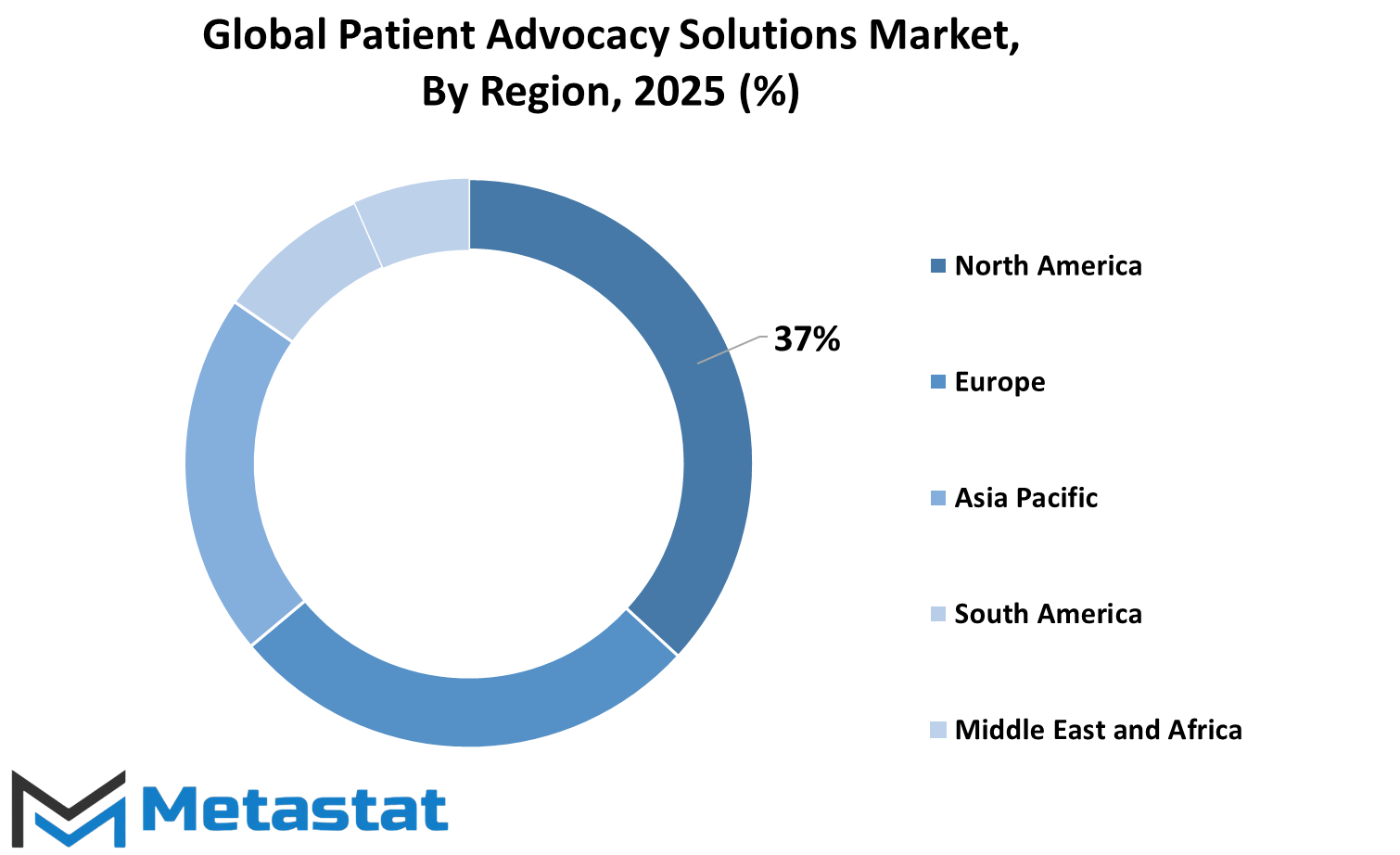
COMPETITIVE PLAYERS
The global Patient Advocacy Solutions market is climbing rapidly as more and more of the patient's complexity increases demand for services that help patients understand and navigate the healthcare system. These services can be essential in understanding patients' rights and getting medical treatments and insurance coverage. The big names in this industry include already established large organizations with a variety of patient advocacy services. Patient Advocacy Solutions, LLC, Allsup, Health Advocate, and IQVIA Inc. are among these companies. Each provides one or another level of support to patients and their families when they are facing medical issues and provides important guidance as well as resources.
Other than these organizations, Healthcare Advocacy Partners, and Genentech, Inc. are some other important groups that contribute a lot to the growth of the sector of patient advocacy. Every patient in the association is treated and given the best medical assistance including cases considered hard and impossible such as Genentech offers in biotechnology that ensures the best support to patients living in rough conditions especially chronic ones and also lifesaving ones.
Carelon Insights, Allied Benefit Systems, LLC, and Ally Healthcare are other major players in the market where patients are guided and given direction on reasons why they should or should not undergo certain treatment options, how to successfully file claims with their insurers, and how to take proper care of their own health. The objective is to arm patients with specific advice so that they can manage and control their own health journeys.
Another such website is the National Patient Advocate Foundation, whose major concern is the welfare of the patient. It is not for profit and works as non-profit to give a lot of power behind the patient advocacy to achieve right to medicines. This foundation, most importantly, fights for the fair treatment of patients in affordability barriers and brings medical resources within reach of hands that need them most. The very foundation also collaborates with health care providers and legislators on the above-stated systemic issues.
The Alliance of Professional Health Advocates and MyPatientRights are other major players in the market, making tools and resources available for patient empowerment and awareness of rights. CancerCare, a name nonprofit organization in the national loop, is known for advocacy on behalf of cancer patients in providing emotional support and tools to help patients navigate cancer care.
With the growing importance of patient advocacy, these organizations are truly going to make a difference in healthcare outcomes. The more people we have interested in seeking help to better understand how to navigate their medical conditions, the greater demand for accessible care and services created. This demand will inevitably enlarge the market for Patient Advocacy Solutions.
Patient Advocacy Solutions Market Key Segments:
By Type
- Medical Billing Advocacy
- Insurance Navigation Services
- Treatment Decision Support
- Health Information Advocacy
- Clinical Trial Advocacy
- End-of-Life Care Advocacy
By Advocacy Delivery Channels
- In-person Advocacy Services
- Telehealth and Virtual Advocacy
- Phone-based Advocacy Support
- Online Advocacy Platforms
- Mobile Applications for Advocacy
By Application
- Insurance Coverage and Claims Support
- Access To Treatment and Care Coordination
- Medical Billing and Financial Assistance
By Target Patient Populations
- Pediatric Patients
- Elderly Patients
- Patients with Chronic Illnesses
- Patients with Disabilities
- Cancer Patients
- Mental Health Patients
Key Global Patient Advocacy Solutions Industry Players
- Patient Advocacy Solutions, LLC
- Allsup
- Health Advocate
- IQVIA Inc
- Healthcare Advocacy Partners
- Genentech, Inc.
- Advocare Solutions
- Carelon Insights
- Allied Benefit Systems, LLC
- Ally Healthcare
- National Patient Advocate Foundation
- Patient Access Network Foundation
- The Alliance of Professional Health Advocates
- MyPatientRights
- CancerCare
WHAT REPORT PROVIDES
- Full in-depth analysis of the parent Industry
- Important changes in market and its dynamics
- Segmentation details of the market
- Former, on-going, and projected market analysis in terms of volume and value
- Assessment of niche industry developments
- Market share analysis
- Key strategies of major players
- Emerging segments and regional growth potential



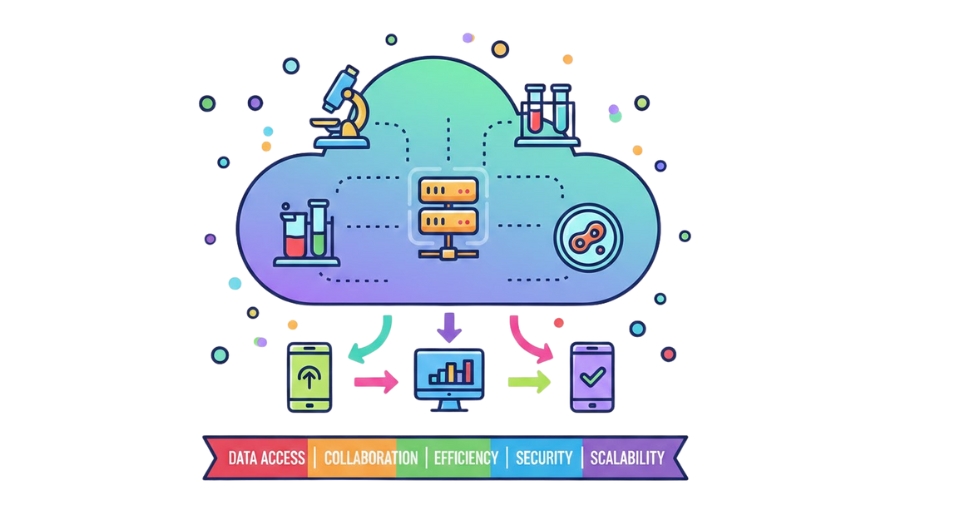
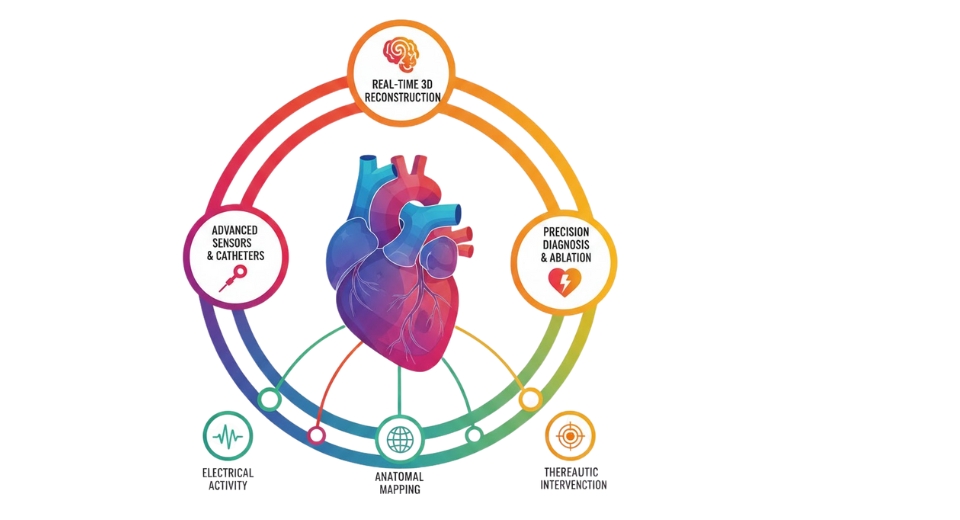
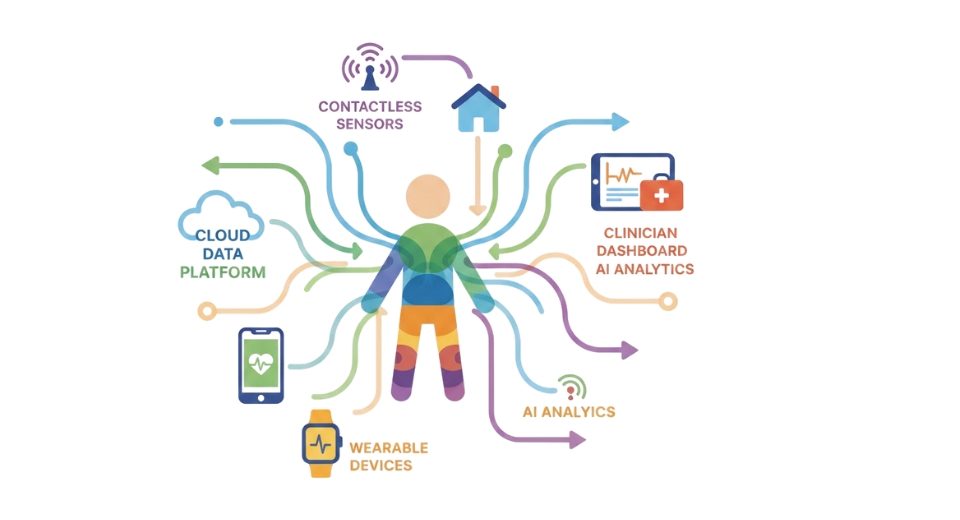
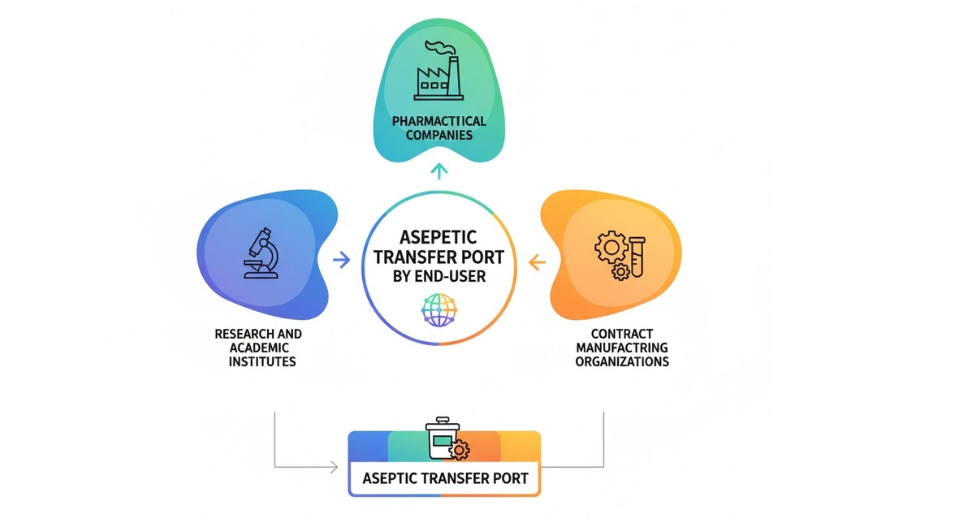

 US: +1 3023308252
US: +1 3023308252






